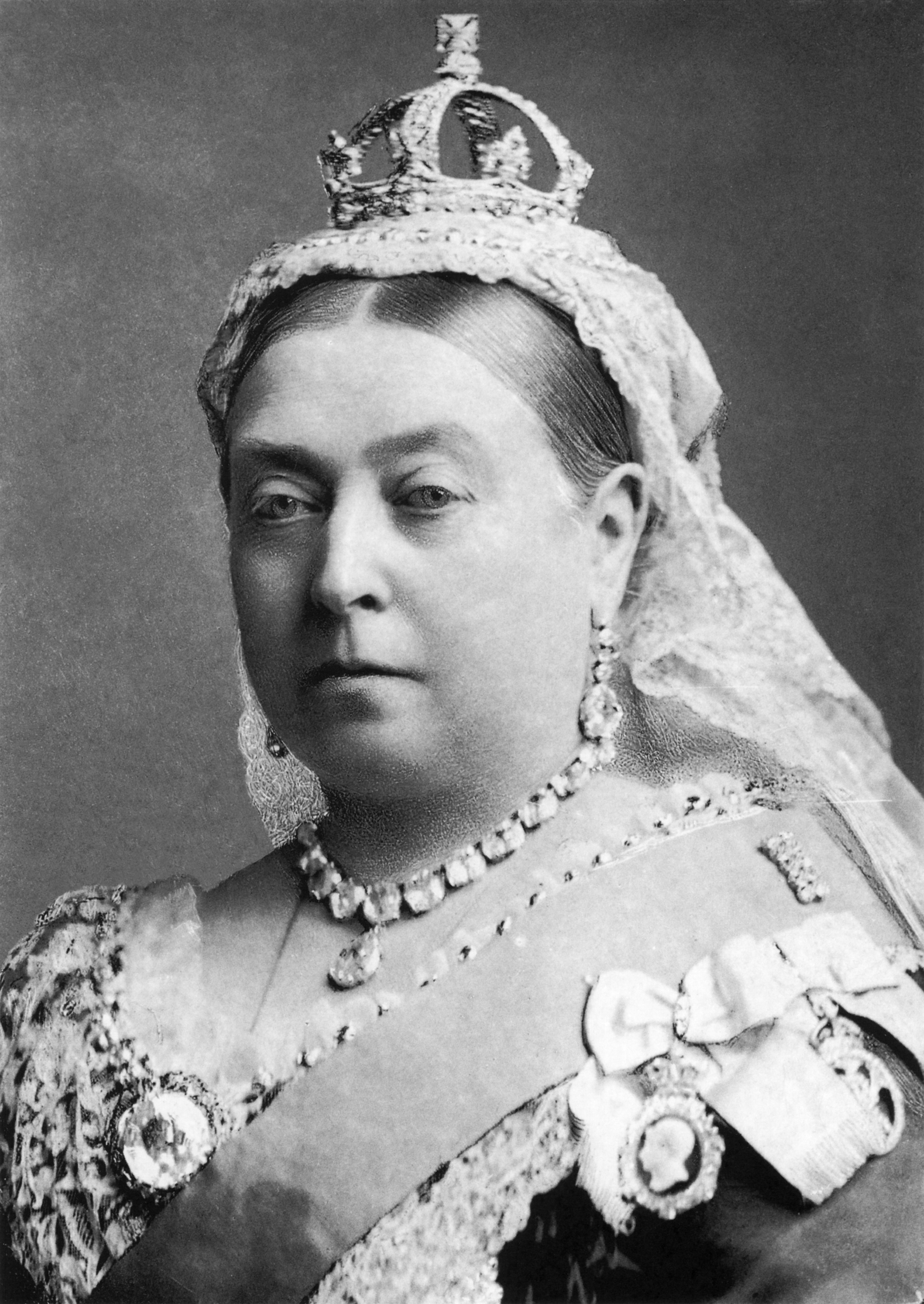
The death of Queen Victoria on January 22, 1901, ends an era in which most of her British subjects know no other monarch.
Her 63-year reign, the longest in British history, saw the growth of an empire on which the sun never set. Victoria restored dignity to the English monarchy and ensured its survival as a ceremonial political institution.
Born in 1819, she came to the throne after the death of her uncle, King William IV, in 1837. As a young woman ascending to the throne, her future husband described her “as one whose extreme obstinacy was constantly at war with her good nature.” Her first prime minister, Lord Melbourne, became her close friend and adviser, and she succeeded in blocking his replacement by Tory leader Sir Robert Peel in 1839. Two years later, however, an election resulted in a Tory majority in the House of Commons, and Victoria was compelled to accept Peel as prime minister. Never again would she interfere so directly in the politics of democratic Britain.
In 1839, her first cousin Albert, a German prince, came to visit the English court at Windsor, and Victoria proposed to him five days after his arrival. Prince Albert accepted, and in February 1840 they were married. He soon became the dominant influence in her life and served as her private secretary. Among his greatest achievements as royal consort was his organization of the Great Exhibition of 1851, the first world’s fair, in the Crystal Palace in London. He also steered her support away from the Whigs to the conservative Tories; she later was a vocal supporter of Benjamin Disraeli, leader of the Conservative Party.
Victoria and Albert built royal residences at Osborne House on the Isle of Wight and at Balmoral Castle in Scotland and became increasingly detached from London. They had nine children, including Victoria, later the empress of Germany, and the Prince of Wales, later King Edward VII. In 1861, Albert died, and Victoria’s grief was such that she did not appear in public for three years. She never entirely got over the loss, and until the end of her life she had her maids nightly lay out Albert’s clothes for the next day and in the morning replace the water in the basin in his room.
Disraeli coaxed her out of seclusion, and she was impressed by his efforts to strengthen and expand the British Empire. In 1876, he had her made “empress of India,” a title which pleased her and made her a symbol of imperial unity. During the last few decades of her life, her popularity, which had suffered during her long public absence, increased greatly. She never embraced the social and technological advances of the 19th century but accepted the changes and worked hard to fulfill her ceremonial duties as head of state. When she died, she had 37 surviving great-grandchildren, and their marriages with other monarchies gave her the name the “grandmother of Europe.”
THROWBACKTHISDAY; makes it 115 years and TBT Blog remembers.
No comments:
Post a Comment